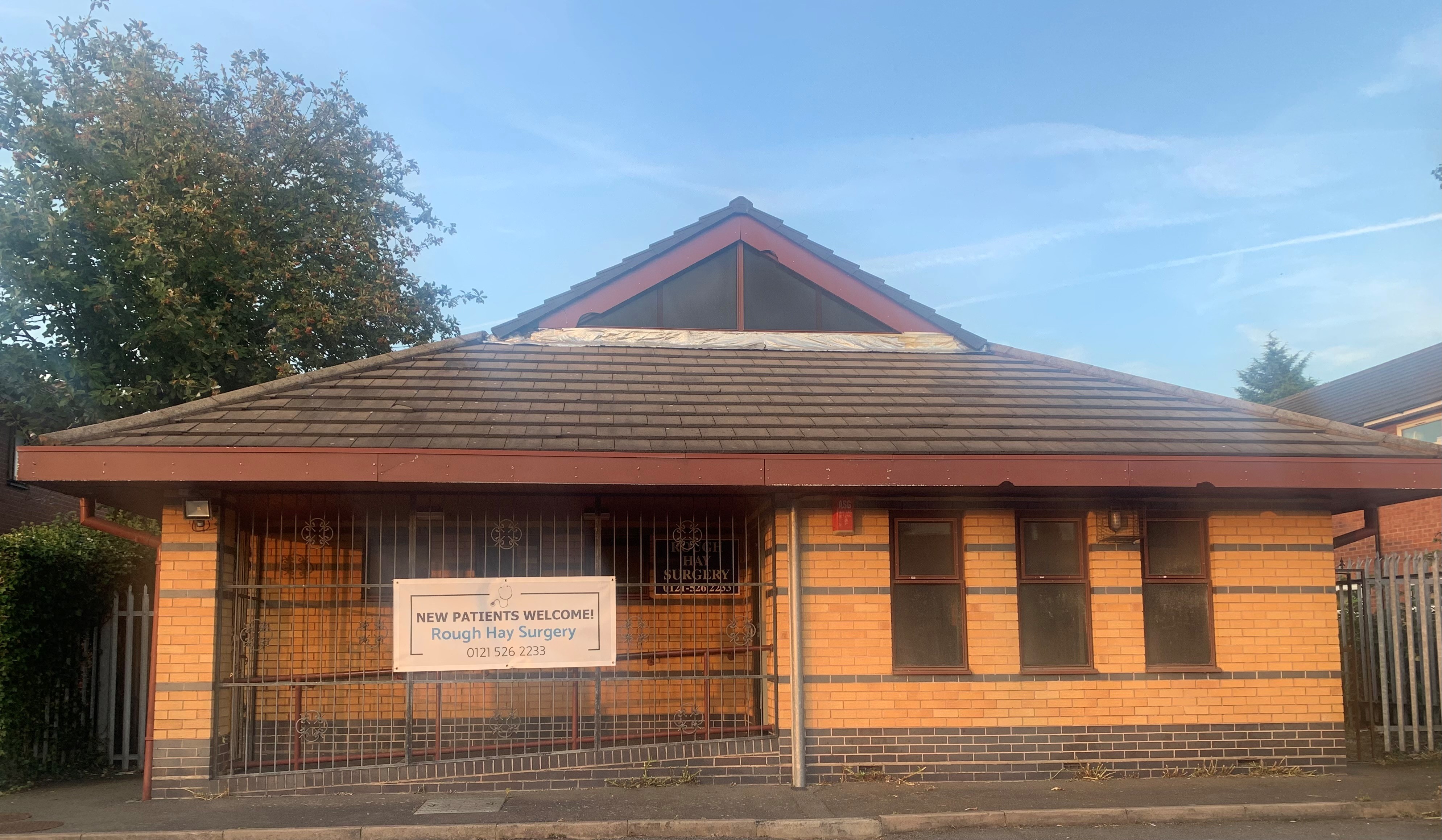
Welcome to Rough Hay Surgery, providing primary care for Darlaston and surrounding areas.
We are committed to providing high quality NHS medical care for individuals and families in a friendly and caring environment.
We are also a training practice, having doctors in specialist training as well as medical students present at the practice.
The practice would like to thank the various advertisers who have helped to
produce this Website. However, it must be pointed out that the accuracy of any
statements cannot be warranted, nor any products or services advertised, be
guaranteed or endorsed.